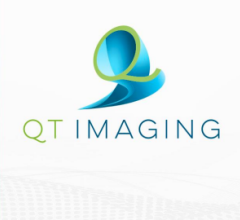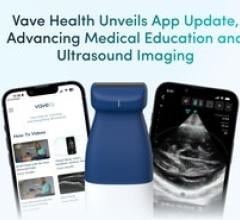May 14, 2008 — In women at increased risk for breast cancer, adding a screening ultrasound examination to routine mammography revealed 78 percent of cancers versus 50 percent of cancers for mammography alone.
However, the additional ultrasound exam substantially increased the rates of false positive findings and unnecessary biopsies, according to an American College of Radiology Imaging Network (ACRIN) study published in the May 14, 2008 issue of the Journal of American Medical Association (JAMA).
The JAMA article can be accessed at http://jama.ama-assn.org/cgi/content/full/299/18/2151
This ACRIN study enrolled 2,809 women at increased risk for breast cancer and the research data from 2,637 of these women were eligible for analysis. The criteria used to determine an increased breast cancer risk included: participant age of 25 years or older, dense breasts, prior atypical breast biopsy, personal and/or or moderate family history of breast cancer. The study was made possible through funding from a novel private-public partnership between the Avon Foundation and the National Cancer Institute (NCI), part of the National Institutes of Health (NIH).
Forty women were diagnosed with breast cancer within 12 months of the initial screening. Mammography alone revealed 20 cancers (50 percent of all cancers detected) for a cancer detection rate of 7.6 women per 1,000 women screened, though one cancer was dismissed. The combination of mammography plus screening ultrasound revealed 31 cancers (78 percent of all cancers detected) for a cancer detection rate of 11.8 women per 1,000 women screened. Eight of the 40 cancers were not seen with either mammography or ultrasound at the time of the initial screen, but were discovered later during the 12- month period for a rate of three cancers missed per 1,000 women screened.
The risk of incurring an unnecessary biopsy due to a false positive exam result from the supplemental screening ultrasound was also substantially increased in this study. Mammography alone prompted an unnecessary biopsy for one in 40 women in this study. The combination of mammography and ultrasound screening prompted an unnecessary biopsy for one in 10 women, or four times more women having an unnecessary biopsy.
According to Marcela Böhm-Vélez, M.D. FACR, “We know that some breast cancers may not show up on mammograms, especially if the breast tissue is dense. This study showed that ultrasound is an effective complement to mammography for women with dense breast tissue and elevated risk for breast cancer. Although the ultrasound test led to more breast biopsies, it has been my experience that most women, particularly those with a family history or personal history of breast cancer, want to do whatever it takes to find breast cancers at an early stage, even if it means having an additional biopsy.”
The American Cancer Society recently recommended certain women at very high risk for breast cancer be screened with magnetic resonance imaging (MRI) in addition to mammography, and these results do not change that recommendation. Women who do have screening MRI do not need screening ultrasound. Women who are at increased risk, who are currently undergoing mammographic screening and are not recommended for MRI, or for whom it is not available or not tolerated, may wish to consider adding screening ultrasound. Women should talk with their doctor about their breast cancer risk profile and whether a screening ultrasound exam supplemental to mammography might be beneficial, keeping in mind the potential for a false positive result and an unnecessary biopsy. At present, there is a limited supply of trained personnel and facilities who offer screening ultrasound. Women also should consult their health insurance policy regarding the coverage for breast cancer screening options. An annual mammogram is still recommended: neither MRI nor ultrasound is meant to replace mammography.
For more information: www.jama.ama-assn.org


 December 17, 2025
December 17, 2025 








